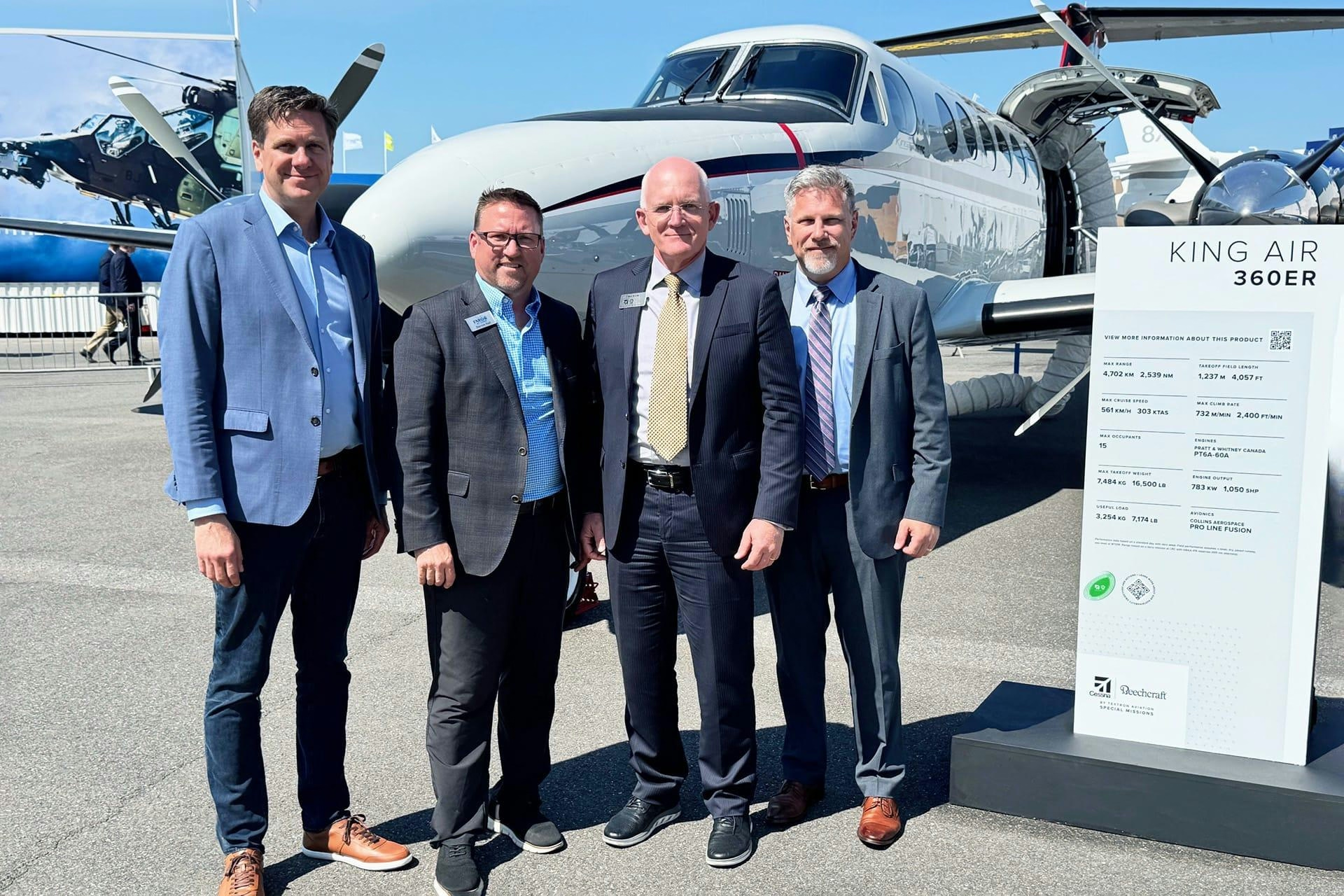
AeroGenie — ваш интеллектуальный второй пилот.
В тренде
Categories
Global Aero Engine Coatings Market Forecast to Reach $142 Billion by 2035

Global Aero Engine Coatings Market Forecast to Reach $142 Billion by 2035
The global aero engine coatings market is poised for substantial growth, with projections indicating an increase from $111.0 billion in 2025 to $142.0 billion by 2035, according to Future Market Insights (FMI). This expansion, reflecting a compound annual growth rate (CAGR) of 2.5%, is driven by the aviation industry's pressing need for advanced high-temperature coatings. These coatings enhance fuel efficiency, engine durability, and sustainability, particularly as global emission standards become increasingly stringent.
As modern aero engines operate under extreme thermal and mechanical stress, innovations in coatings—such as thermal barrier coatings (TBCs) and corrosion- and oxidation-resistant finishes—have become indispensable. These technologies protect critical engine components, extend maintenance intervals, and reduce operational costs, thereby providing a competitive advantage in both commercial and military aviation sectors.
Advanced Coatings and Engine Performance Enhancement
Aero engine coatings now play a crucial role in protecting turbine blades, combustors, and afterburners from oxidation and wear at temperatures exceeding 1,000°C. The industry is witnessing rapid advancements in next-generation ceramic, metallic, and AI-optimized coatings designed to improve fuel efficiency while complying with increasingly rigorous sustainability and emissions regulations.
A senior aerospace analyst at FMI noted that the future of aviation coatings will be characterized by material intelligence, including self-healing, lightweight, and sustainable surfaces that contribute to longer-lasting and cleaner engines. Furthermore, the ongoing transition toward electric and hybrid propulsion systems is expected to accelerate demand for ultra-durable coatings that balance high performance with environmental compliance.
Regional Market Dynamics
In North America, the United States remains a dominant force, driven by leading original equipment manufacturers (OEMs) and maintenance, repair, and overhaul (MRO) hubs. Strong investment in research and development, coupled with stringent emissions regulations, is fostering the adoption of AI-driven coating applications and sustainable materials. The U.S. market is projected to grow at a 2.6% CAGR through 2035.
Europe continues to lead through innovation and regulatory frameworks. Countries such as Germany, France, and the United Kingdom are investing heavily in eco-compliant coating technologies aligned with the European Union’s Green Deal and Flightpath 2050 initiatives. The region is expected to experience a 2.5% CAGR, driven by demand for lightweight and recyclable coatings across civil and defense aviation sectors.
The Asia-Pacific region, led by China, Japan, and India, is transitioning from aerospace importers to manufacturing powerhouses. Increasing aircraft deliveries and domestic engine development programs are fueling a robust 2.5% CAGR. The region is witnessing growing adoption of nanocoatings, AI-based predictive wear analytics, and 3D-printable protective materials, positioning it as a key growth engine through 2035.
Saudi Arabia, under its Vision 2030 diversification plan, is making significant investments in aerospace manufacturing and MRO infrastructure. The country’s focus on thermal and abradable coatings for military and commercial fleets underscores the Middle East’s expanding role in the global aviation materials market.
Market Challenges and Strategic Responses
Despite the positive growth outlook, the market faces several challenges. Persistent supply chain disruptions, particularly shortages of critical materials such as copper, have driven prices to record levels, potentially affecting project timelines and profitability. In response, industry players are intensifying research and development efforts to identify alternative materials and mitigate cost pressures. Strategic partnerships and acquisitions are also emerging as vital strategies to secure supply chains and broaden product portfolios.
Innovation and Future Prospects
The period from 2020 to 2024 was marked by supply chain volatility, elevated raw material costs, and regulatory pressures. However, the coming decade is expected to bring transformative advancements. AI-driven coating design, additive manufacturing techniques—including 3D-printable coatings—and self-healing nanomaterials are anticipated to revolutionize engine resilience and environmental performance. These innovations position the aero engine coatings market for sustained, albeit occasionally volatile, growth through 2035.
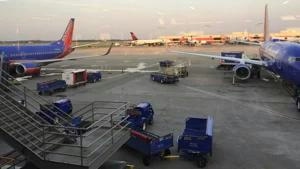
Digitizing the Aviation Supply Chain: Moving Beyond Outdated Practices
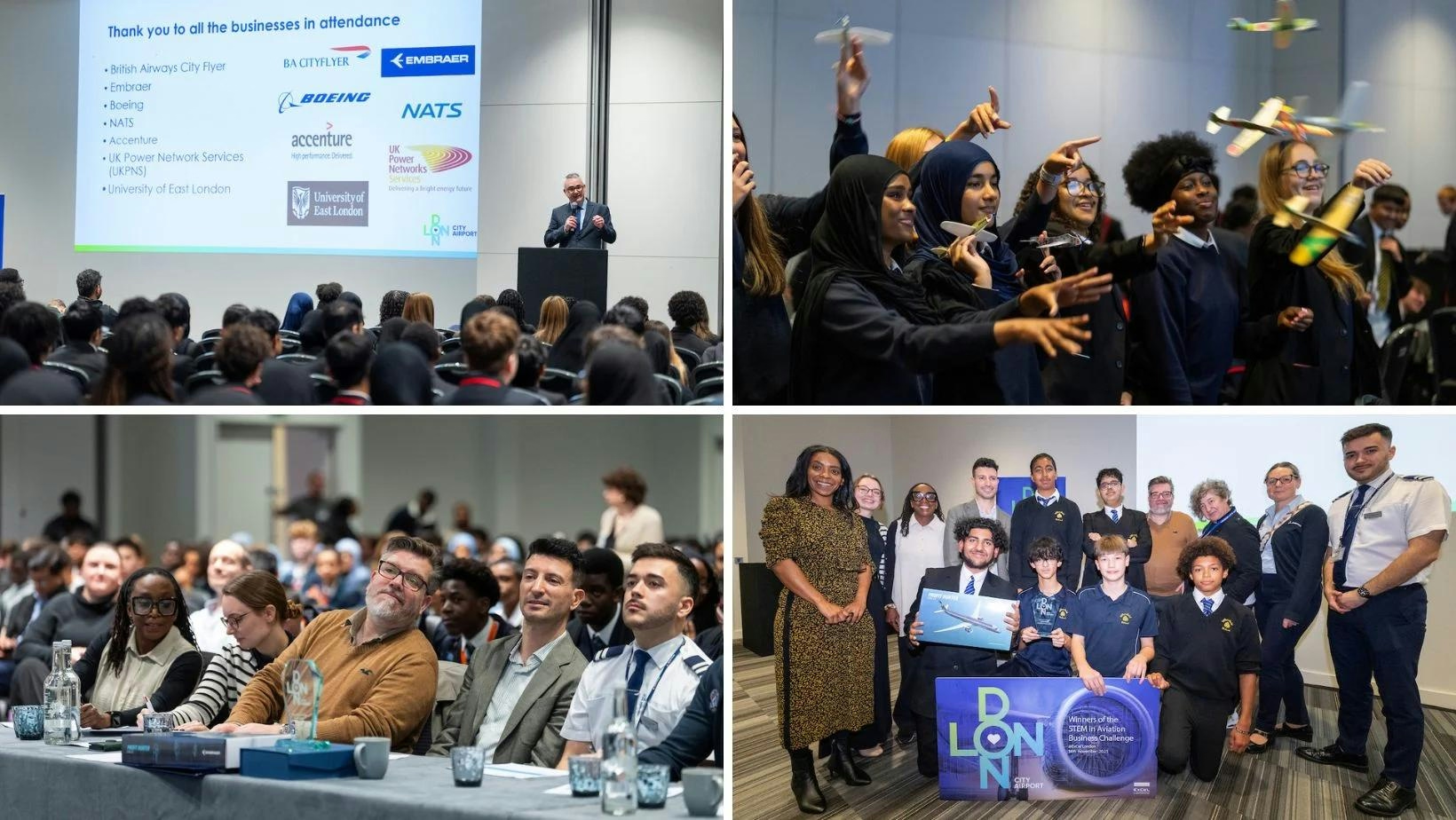
East London students explore aviation innovation at LCY STEM event

Archer’s Air Taxi Fails to Fly at Dubai Airshow
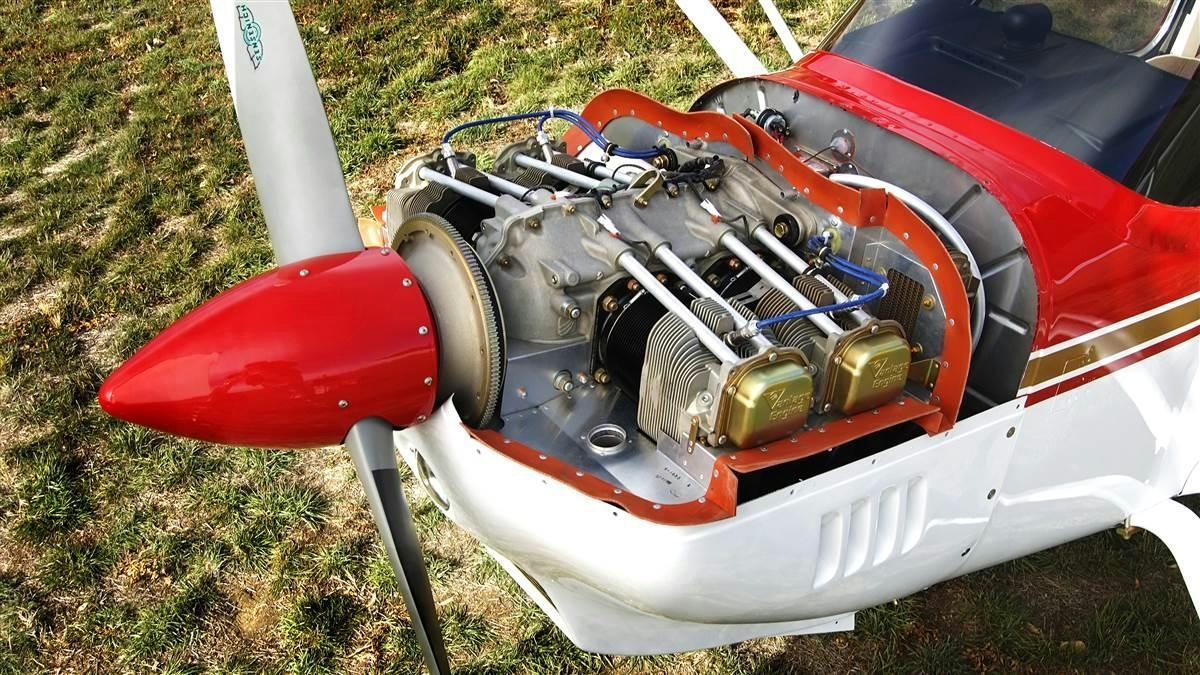
New Course on Airplane Engine Operations Launched

Global Aero Engine Coatings Market Projected to Reach $142 Billion by 2035
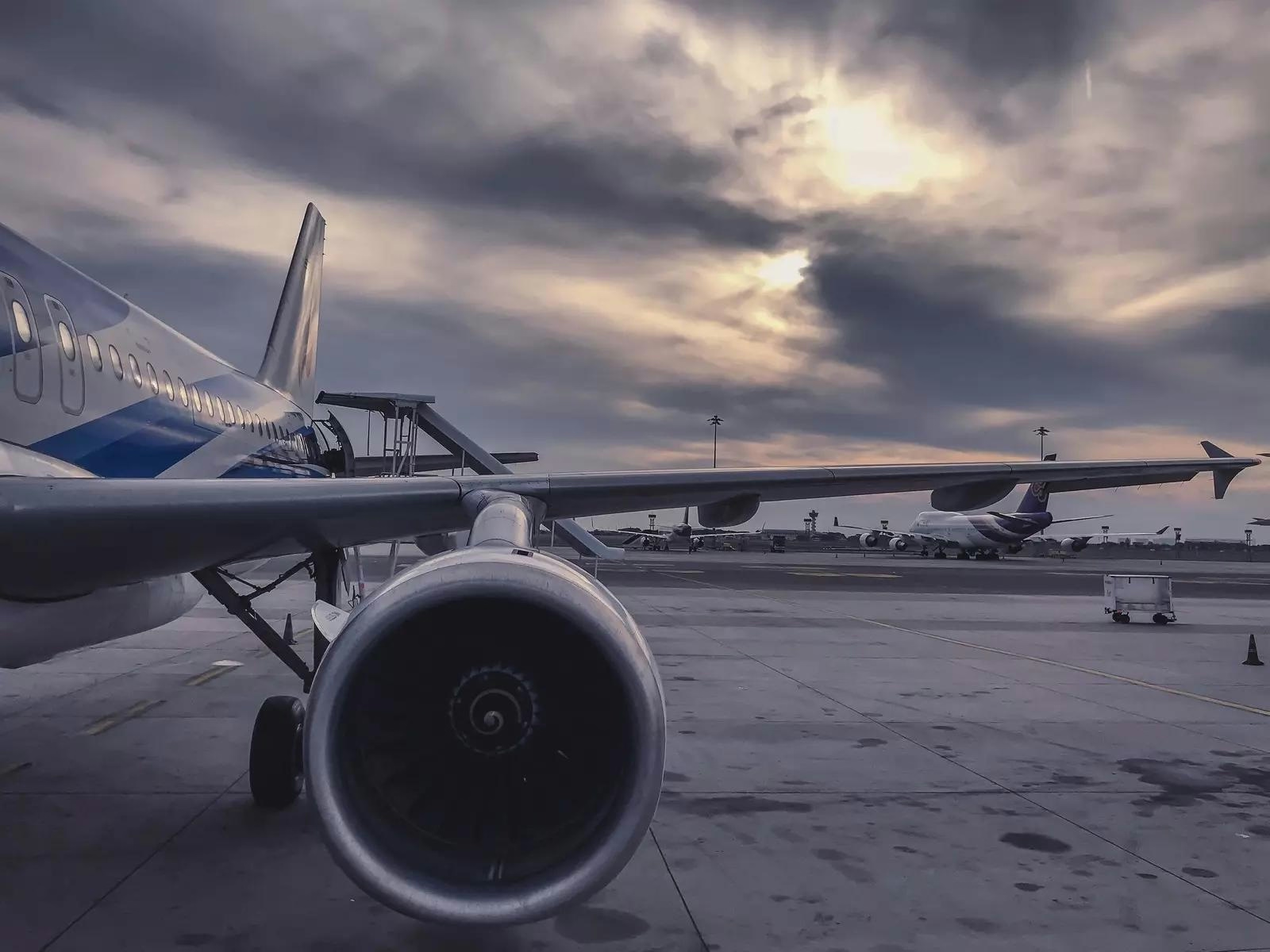
AI Advances Promote Sustainable and Cost-Effective Aviation
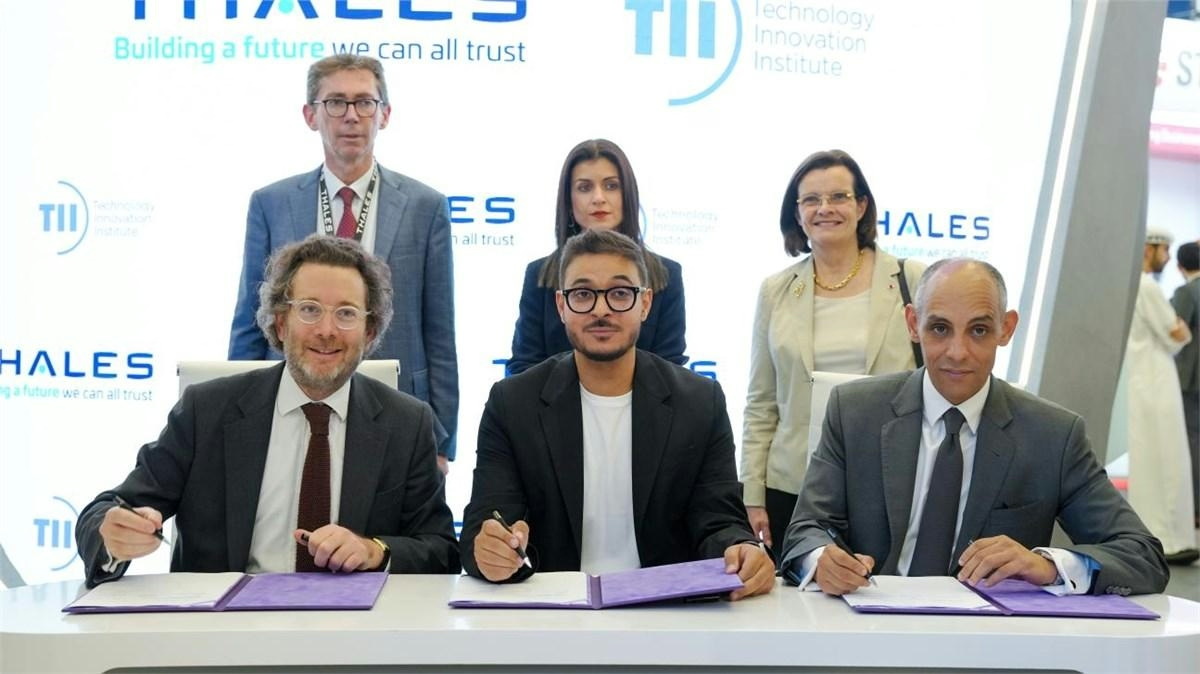
Thales UAE CEO Highlights UAE’s Growing Role in Aviation and Space Innovation
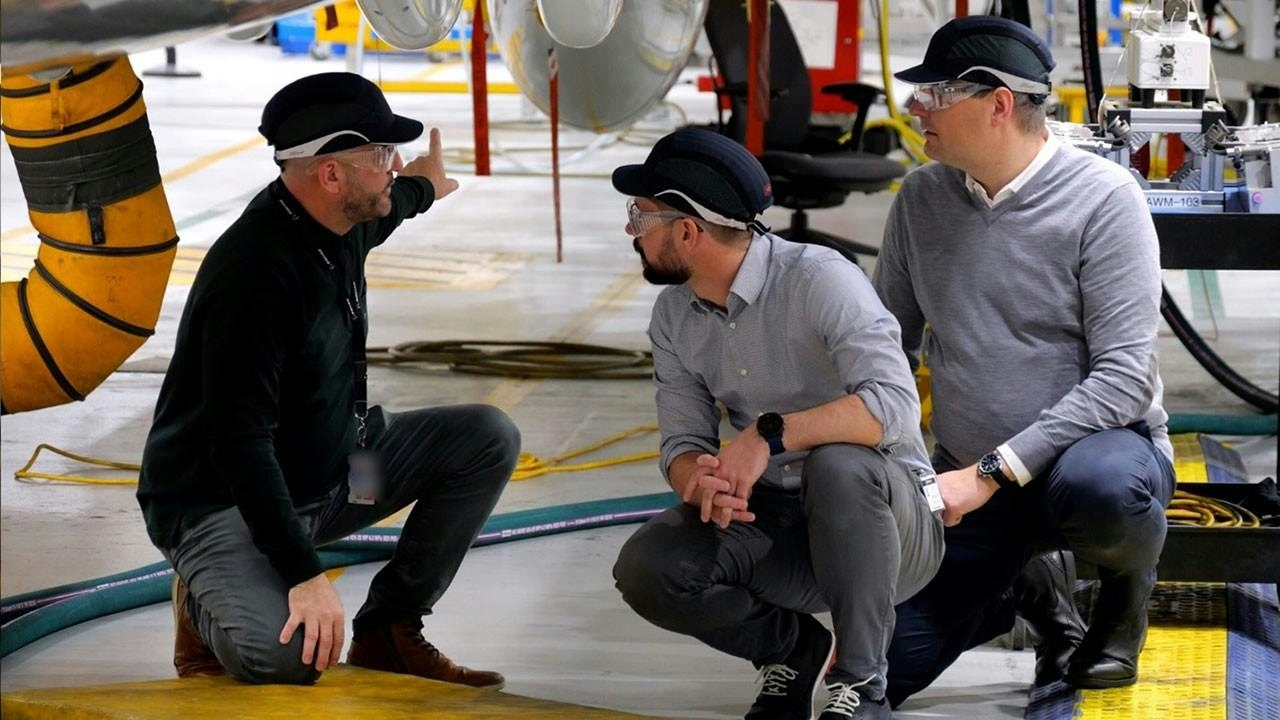
Lufthansa Technik Defense Wins P-8A Sustainment Contract
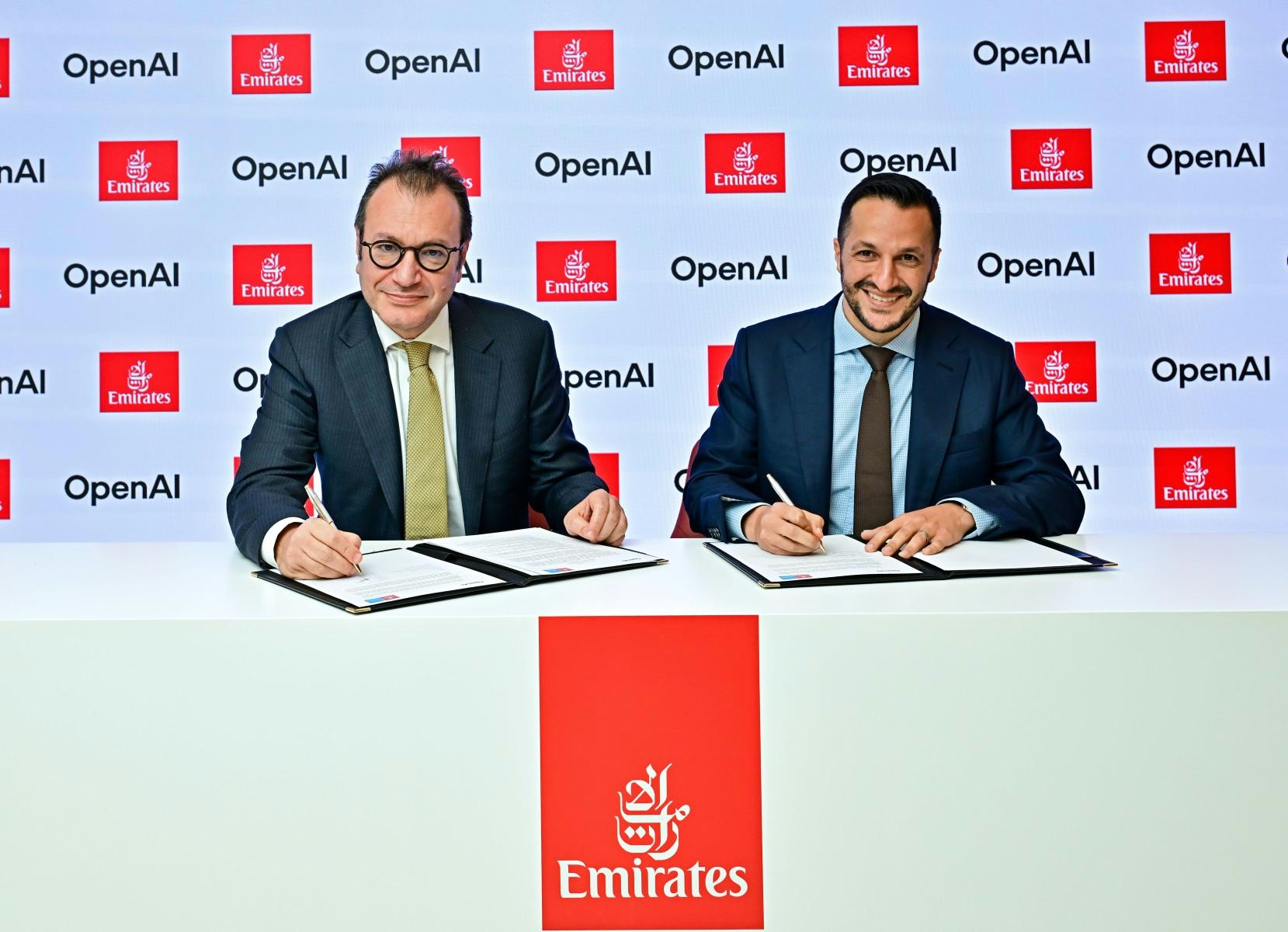
Emirates Group Partners with OpenAI
